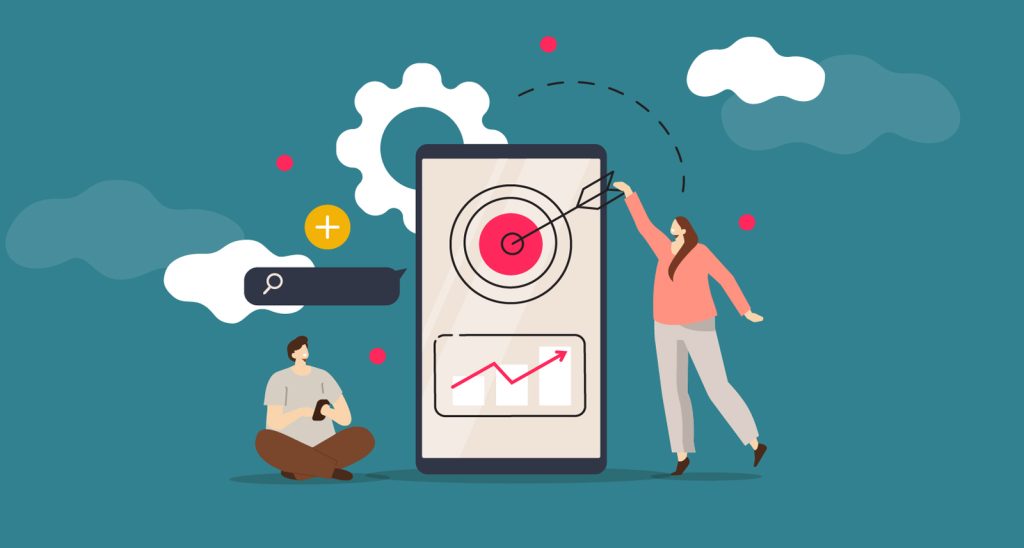The digital advertising landscape is continuously evolving, with new formats and strategies emerging to capture user attention and drive engagement. One such format that has gained significant traction is the popunder ad. Unlike its more intrusive cousin, the pop-up, popunder ads open in a new browser window behind the current one, waiting to be discovered when the user closes their main window. This subtle approach aims to engage users without interrupting their immediate browsing experience. But how do these ads work, and what impact do they have on both users and advertisers?
The Mechanics of Popunder Ads
Popunder ads operate by triggering a new browser window or tab that quietly sits behind the active window. This method allows advertisers to present their message or offer to users at a more convenient time, reducing the likelihood of immediate dismissal. The primary advantage of this format is its ability to avoid the frustration and annoyance often associated with pop-ups, which can disrupt a user’s browsing flow and lead to negative brand perception.
A key feature of popunder ads is their persistence. Since they remain unnoticed until the user closes their current tab or window, these ads have a higher chance of being seen in a more relaxed and attentive moment. This delayed engagement can result in higher interaction rates compared to traditional pop-up ads, as users are less likely to close the ad immediately out of annoyance.
Impact on Users and Advertisers
From a user perspective, popunder ads offer a less intrusive advertising experience. Because these ads do not interrupt the user’s immediate task, they are perceived as less bothersome and can lead to a more positive interaction with the brand being advertised. This subtle approach respects the user’s browsing autonomy, which can enhance the likelihood of ad engagement and reduce ad fatigue.

For advertisers, the benefits of popunder ads extend beyond user experience. These ads are often more cost-effective than other digital advertising formats, providing a higher return on investment. The unobtrusive nature of popunder ads means they are less likely to be blocked by ad blockers, ensuring that the intended audience sees the ad. Additionally, the ability to capture user attention in a more relaxed state can lead to improved conversion rates.
The Future of Popunder Ads
As the digital advertising industry continues to innovate, the role of popunder ads is likely to evolve. With advancements in technology and user behavior analytics, advertisers can refine their strategies to maximize the impact of popunder ads. Integrating interactive elements and personalized content can make these ads even more engaging, driving higher interaction rates and better conversion outcomes. Moreover, as users become more accustomed to diverse advertising formats, the acceptance and effectiveness of popunder ads are expected to grow.
